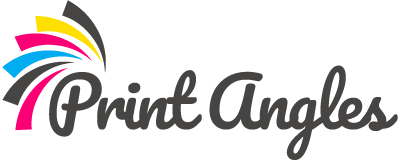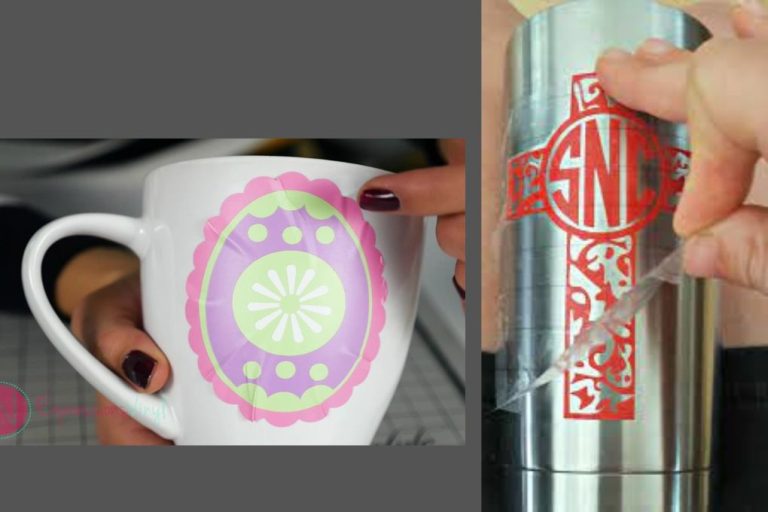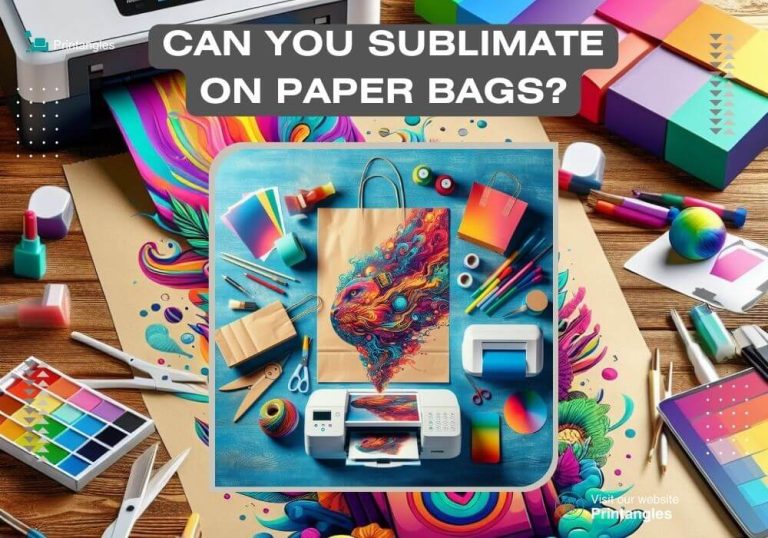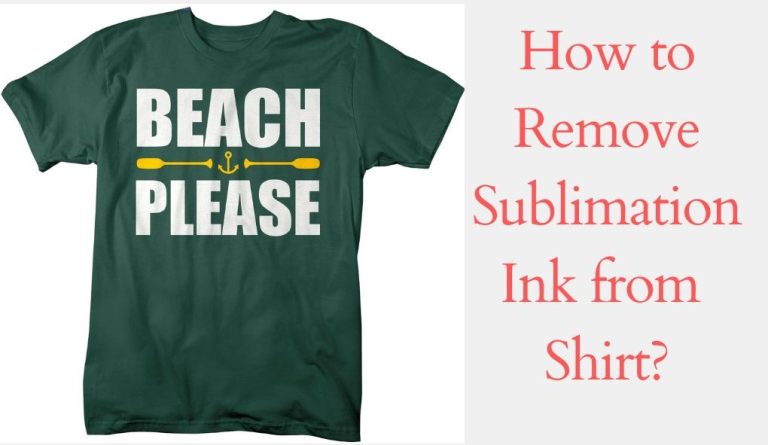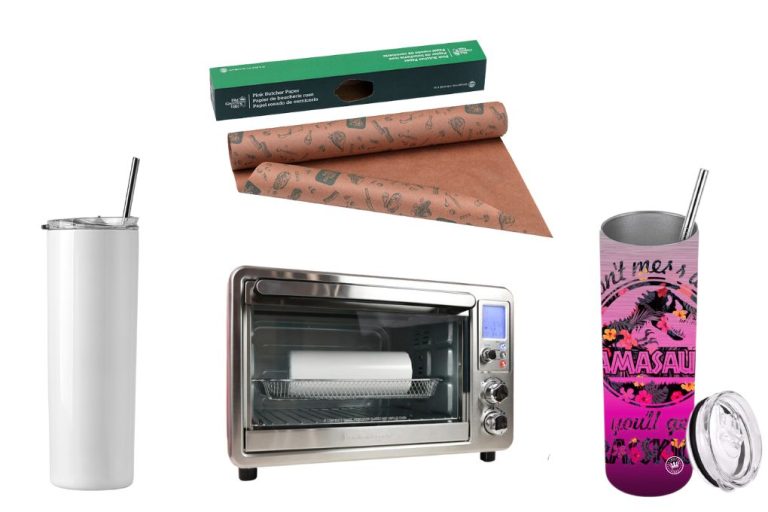What Does Collate Mean in Printing?
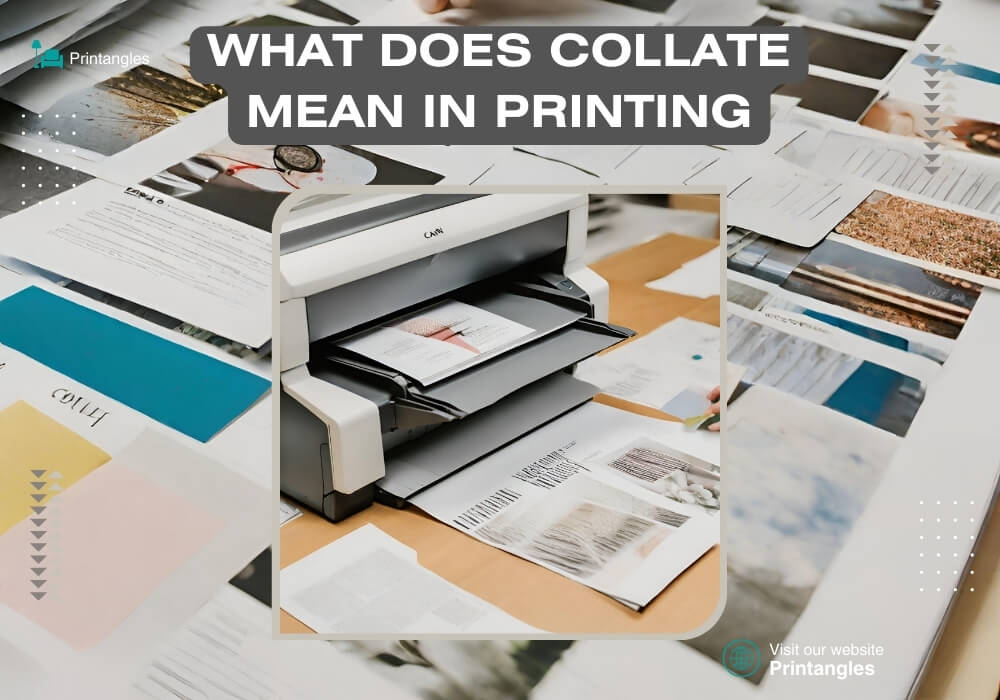
In the realm of printing, the term collate holds significant importance. It refers to the process of gathering and arranging printed sheets in the correct sequence to form a complete document or publication.
Essentially, collating involves organizing individual pages or sections of a printed work in their proper order, ensuring that the final product is cohesive and easy to navigate for the reader.
Table of Contents
What Does Collate Mean in Printing?
When it comes to printing multiple copies of a document, the term collate refers to the process of arranging individual sheets or sets of printed pages into the correct sequence.
When Does Collating Printing Help?
Collating printing emerges as an indispensable tool in various scenarios, catering to specific needs and requirements in the printing industry. Here are some instances where collating printing proves its worth:
1. Book Publishing:
In book publishing, collating plays a pivotal role in assembling the individual pages of a book in the correct sequence, ensuring the proper flow of content and maintaining the narrative structure.
2. Magazine and Newspaper Production:
Collating is vital in the production of magazines and newspapers, where multiple sections or inserts need to be organized and combined to create a complete publication.
3. Marketing Materials:
For marketing materials such as brochures, flyers, and catalogs, collating helps organize different components, such as covers, inserts, and product sheets, into a cohesive and visually appealing package.
How Does Collation Printing Process Works?
The collation process typically involves the following steps:
Prepress:
Before printing, the document is prepared for collation by dividing it into individual pages or sections. Each page or section is then assigned a unique identification number.
Printing:
The document is printed on a high-speed printer, which can produce multiple copies of each page or section simultaneously.
Gathering:
The printed sheets are gathered together in the correct order based on their identification numbers. This can be done manually or using automated collation equipment.
Binding:
Once the sheets are gathered, they are bound together using various methods such as stapling, gluing, or perfect binding.
Finishing:
The finished document may undergo additional processes such as trimming, folding, or inserting into envelopes.
Collation is a critical step in the printing process, as it ensures that documents are assembled correctly and ready for distribution. By following these steps, printers can produce high-quality documents that meet the needs of their customers.
Benefits Of Collation Printing:
Increased efficiency: Collation printing can save time and labor costs by automating the process of gathering and organizing printed sheets.
Improved accuracy: Collation printing helps to ensure that documents are assembled correctly, reducing the risk of errors.
Enhanced productivity: Collation printing can increase productivity by allowing printers to produce high-quality documents quickly and efficiently.
Better customer satisfaction: Collation printing helps to ensure that customers receive documents that are well-organized and easy to read, leading to increased customer satisfaction.
Conclusion
Collation is a vital process in the printing industry, involving the gathering and arranging of printed sheets in the correct sequence to form a complete document or publication. It plays a crucial role in various scenarios, including book publishing, magazine and newspaper production, and marketing materials.

I’m Derrick Flora and I am the owner of Printangles.com. I am the father of 2 angles and 1 boy and I am 37 years old. I had done Bachelor in Fashion and Textile Studies from FIT State University of New York.
It’s been 7 years since when started the sublimation business. I sublimated mugs, t-shirts, canvas, and many more. And we have analyzed some things that beginners don’t apply the actual strategies to complete the project. And those strategies are making your sublimation better onto the material. What do beginners do, they just buy the sublimation printer and the heat press without knowing about them.
